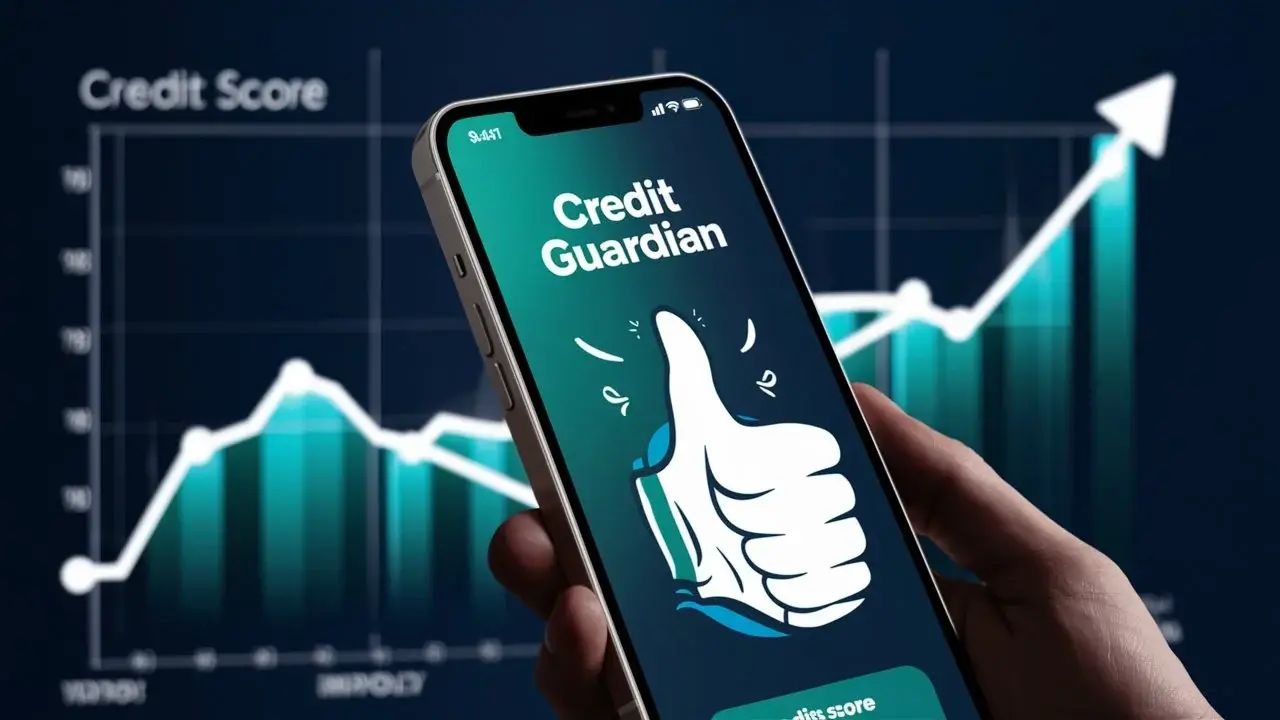-
Posted on: 26 Jul 2024

-
Your credit score is a crucial factor in many aspects of your financial life, from securing loans and mortgages to renting an apartment and even getting a job. Monitoring your credit regularly is essential to catch errors, detect fraudulent activity, and maintain a healthy financial profile. Fortunately, you don't have to pay a premium for this peace of mind. This comprehensive guide explores several effective methods to monitor your credit for free.
Why is Credit Monitoring Important?
Before diving into the "how," let's understand the "why." Credit monitoring offers several vital benefits:
- Early Fraud Detection: Credit monitoring services alert you to suspicious activity, such as new accounts opened in your name or unauthorized inquiries. Early detection allows you to take immediate action to minimize the damage caused by identity theft.
- Error Identification: Credit reports sometimes contain errors, such as inaccurate account balances, misreported payment history, or even accounts belonging to someone else. Monitoring your credit helps you identify these errors and dispute them with the credit bureaus.
- Identity Theft Prevention: By keeping a close eye on your credit, you can proactively identify and address potential vulnerabilities that could make you a target for identity theft.
- Maintaining a Healthy Credit Score: Regularly monitoring your credit empowers you to understand the factors that influence your credit score and make informed decisions to improve or maintain it.
- Peace of Mind: Knowing that you're actively monitoring your credit can provide peace of mind and reduce anxiety about potential financial risks.
Free Credit Monitoring Methods
Here are several proven strategies to monitor your credit without spending a dime:
1. AnnualCreditReport.com: Your Free Credit Reports
The Fair Credit Reporting Act (FCRA) entitles you to a free credit report from each of the three major credit bureaus – Equifax, Experian, and TransUnion – once every 12 months. The official website for accessing these free reports is AnnualCreditReport.com. Be wary of look-alike websites that may try to sell you products or services.
How to Use AnnualCreditReport.com:
- Visit AnnualCreditReport.com.
- Click on the "Request your free credit reports" button.
- Choose which reports you want to request (Equifax, Experian, and TransUnion – it’s recommended to get all three).
- Follow the on-screen instructions to verify your identity and access your reports.
Strategy Tip: To maximize the benefits of this free service, stagger your report requests throughout the year. Request one report every four months, giving you continuous credit monitoring coverage.
2. Credit Karma and Similar Services
Several websites and apps, such as Credit Karma, Credit Sesame, and NerdWallet, offer free credit scores and credit reports. These services typically provide updated credit scores and reports on a monthly or even weekly basis.
How They Work: These services partner with credit bureaus (often TransUnion and Equifax for credit scores and VantageScore models) to provide you with your credit information. In return for the free service, they may display targeted advertisements or offer you financial products.
Pros:
- Frequent Updates: Receive updated credit scores and reports more frequently than you would with AnnualCreditReport.com.
- User-Friendly Interface: These services often have user-friendly interfaces that make it easy to understand your credit information.
- Credit Monitoring Alerts: Many of these services offer credit monitoring alerts that notify you of changes to your credit report.
- Credit Score Simulator: Some services offer tools that allow you to simulate the impact of different financial decisions on your credit score.
Cons:
- VantageScore vs. FICO Score: These services often provide your VantageScore, which is a different credit scoring model than the FICO score used by many lenders. While the scores are correlated, they are not identical.
- Advertising and Offers: Be prepared to see advertisements and offers for financial products, which can be distracting.
- Data Security: As with any online service, there is always a risk of data breaches. Ensure the service you choose has strong security measures in place.
3. Credit Card Companies and Banks
Many credit card companies and banks now offer free credit score monitoring as a perk for their customers. Check with your card issuer or bank to see if they offer this service.
Benefits:
- Convenience: Access your credit score directly through your existing banking or credit card account.
- Security: Rely on the established security measures of your financial institution.
- Potential Insights: Some providers offer personalized insights and recommendations for improving your credit score.
4. Experian CreditWorks Free
Experian offers a free version of its CreditWorks service. This provides access to your Experian credit report and score and provides monitoring to detect potential fraud.
Features Include:
- Free Experian credit report and score.
- Real-time credit monitoring.
- Alerts for suspicious activity.
This can be a particularly useful option as it provides direct access to Experian data, one of the three major bureaus.
5. Consider a Credit Freeze (Security Freeze)
A credit freeze, also known as a security freeze, restricts access to your credit report. This makes it more difficult for identity thieves to open new accounts in your name. Freezing your credit is free and you can lift the freeze temporarily when you need to apply for credit.
How to Place a Credit Freeze:
- Contact each of the three major credit bureaus (Equifax, Experian, and TransUnion) individually.
- Request a security freeze.
- Provide the necessary information to verify your identity.
- You will receive a PIN or password that you will need to lift the freeze later.
Important Considerations:
- Temporary Lifting: You will need to temporarily lift the freeze when you apply for credit or need your credit report accessed.
- Existing Accounts: A credit freeze does not affect your existing credit accounts.
- Child Identity Theft: Consider placing a freeze on your child's credit report to protect them from child identity theft.
6. Set Up Fraud Alerts
A fraud alert is a notification placed on your credit report that alerts lenders to verify your identity before extending credit. There are two types of fraud alerts:
- Initial Fraud Alert: Lasts for one year. You need to contact only one of the three credit bureaus to place an initial fraud alert. That bureau is required to notify the other two.
- Extended Fraud Alert: Lasts for seven years and requires you to file a police report or provide other documentation proving you have been a victim of identity theft.
Benefits of Fraud Alerts:
- Increased Security: Lenders are required to take extra steps to verify your identity before opening new accounts in your name.
- Free Credit Reports: When you place an initial fraud alert, you are entitled to a free copy of your credit report from each of the three major credit bureaus.
7. Be Proactive About Protecting Your Personal Information
The best way to prevent identity theft and credit fraud is to be proactive about protecting your personal information. Here are some essential tips:
- Shred Sensitive Documents: Shred any documents that contain your personal information, such as bank statements, credit card bills, and medical records.
- Protect Your Social Security Number: Keep your Social Security number secure and only provide it when absolutely necessary.
- Use Strong Passwords: Use strong, unique passwords for all of your online accounts.
- Be Wary of Phishing Scams: Be cautious of phishing emails and phone calls that attempt to trick you into providing your personal information.
- Secure Your Mailbox: Protect your mailbox from theft and consider using a locking mailbox or a post office box.
- Monitor Your Bank Accounts and Credit Card Statements: Regularly review your bank accounts and credit card statements for any unauthorized transactions.
What to Do if You Find Errors or Fraudulent Activity
If you discover errors on your credit report or suspect fraudulent activity, take immediate action:
- File a Dispute with the Credit Bureau: Contact the credit bureau that issued the inaccurate report and file a dispute. Provide documentation to support your claim.
- Report Identity Theft to the FTC: Report identity theft to the Federal Trade Commission (FTC) at IdentityTheft.gov.
- File a Police Report: File a police report in the jurisdiction where the identity theft occurred.
- Contact Your Creditors: Contact your creditors and notify them of the fraudulent activity.
- Place a Fraud Alert or Credit Freeze: If you haven't already, place a fraud alert or credit freeze on your credit reports.





